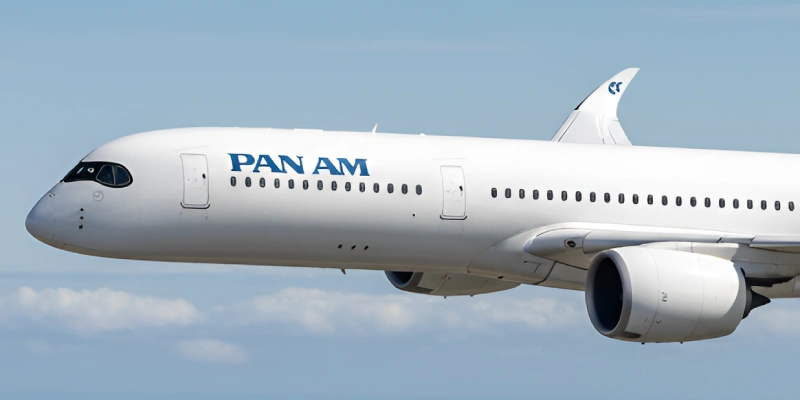For decades, the airports in Mexico City and São Paulo led air traffic in Latin America and the Caribbean. This was no coincidence: they represent the two most populous cities with the largest economies in the region.
However, Bogotá’s El Dorado, despite being in a city with half the population of its competitors, has reached a milestone. Between 2024 and 2025, it consolidated its position as the busiest airport in the region since its inauguration in 1959.
According to figures from the Airports Council International for Latin America and the Caribbean (ACI-LAC), in 2024, Bogotá handled 45,802,360 passengers, compared to 45,359,485 for Mexico City and 43,565,746 for São Paulo. Furthermore, El Dorado leads the region in air cargo volume and aircraft movements.
From a “Small House” to Top-Tier Infrastructure
María Fernanda Sánchez, Director of Tourism Innovation Consulting, recalls that just two decades ago the Bogotá airport was “very small, old, and with just six or seven departure gates.”
The transformation began in 2006 when the government decided to modernize it. This process coincided with a shift in Colombia’s international perception, driven by the democratic security policy of former President Álvaro Uribe and, years later, by the signing of the peace agreement with the FARC in 2016.
This new landscape allowed tourism to take off: in 2024, Colombia received a record 6.7 million foreign visitors, the majority entering through El Dorado.
→ Heathrow Airport Presents Proposal for a Third Runway Funded with Private Capital
Tourism and Business on the Rise
Of the total passengers, nearly six million are international passengers in transit—an opportunity the Colombian capital seeks to leverage. Avianca, whose main hub is Bogotá, promotes a stopover strategy, allowing travelers to stay for up to 24 hours at no additional cost to their itinerary.
Simultaneously, tourism companies and authorities are working to establish the city as a culinary, cultural, and business destination. “Bogotá has been positioning itself in the meetings tourism sector for some time, hosting congresses and international events,” points out Sánchez.
According to official estimates, coordination between sectors could add between 700,000 and one million more passengers per year.
Challenges on the Horizon
Despite its leading position, Bogotá faces stiff competition. Mexico City inaugurated the Felipe Ángeles International Airport in 2022, while Lima opened a new terminal in 2025.
In El Dorado’s case, its current infrastructure is perceived as limited. Expansion plans exist for 2027, but analysts doubt their ability to be executed on time and as planned.
Furthermore, issues with bureaucracy and immigration persist, with peak-hour queues of up to three hours, despite the implementation of biometric systems. Another challenge is security, a topic that reignited alarms following the assassination of Senator Miguel Uribe Turbay in Bogotá.
A Boom Seeking Consolidation
Authorities and companies agree that El Dorado’s growth reflects Bogotá’s dynamism. However, they warn that maintaining leadership will require promptly resolving these bottlenecks.
For now, the Colombian capital is enjoying a historic moment: being the new most important air connection hub in Latin America.
With information from the BBC
Related Topics
Delta and Aeroméxico Challenge U.S. Decision to Terminate Their Joint Venture
How American Airlines Trains Its Pilots to Fly Airbus A321XLR over North Atlantic
Pan Am Prepares for Its Return: Legendary Airline Seeks FAA Certification to Fly Again
Spirit Airlines: Failed Attempt to Reinvent Itself as a More “Premium” Airline Reveals Challenges Facing the Low-Cost Model

Plataforma Informativa de Aviación Comercial con 13 años de trayectoria.




